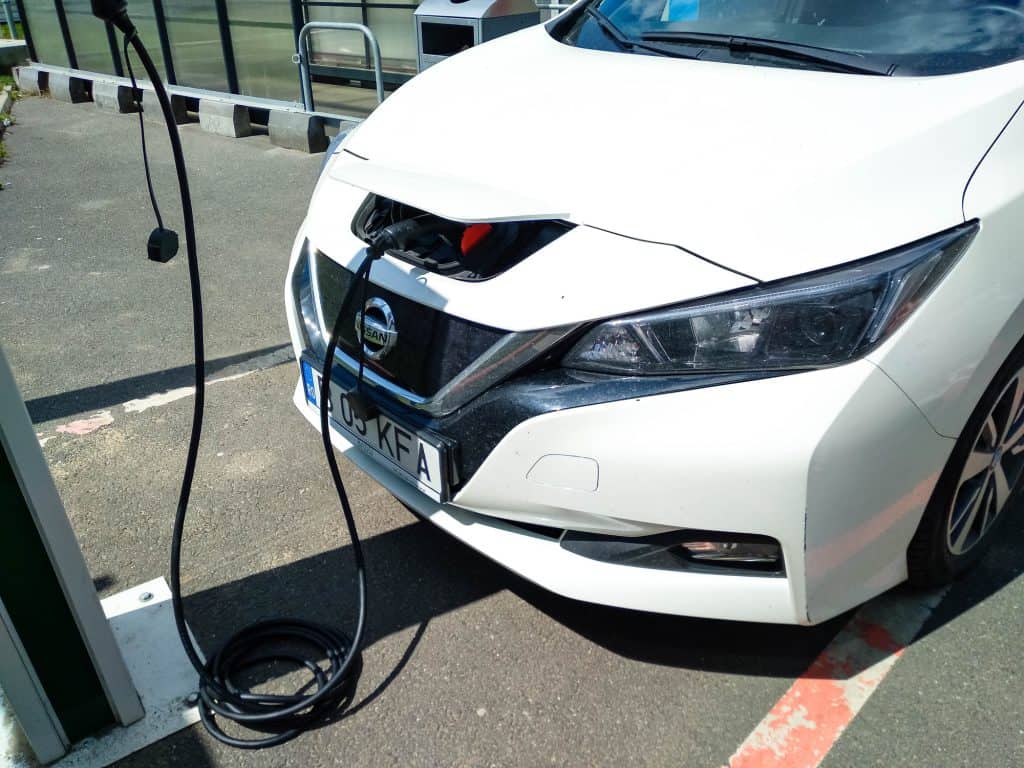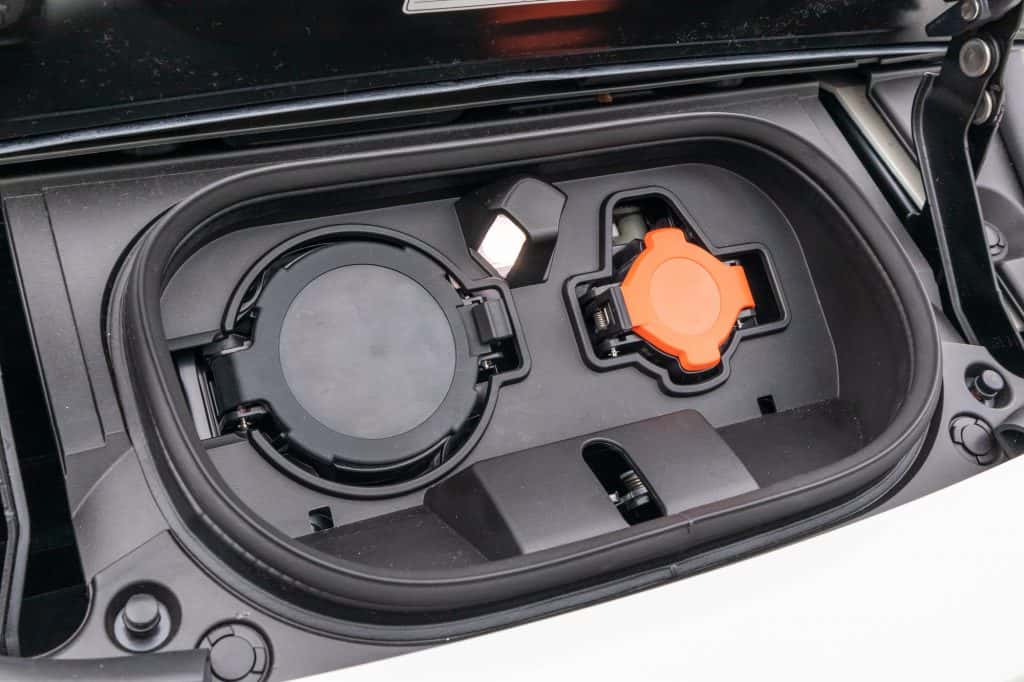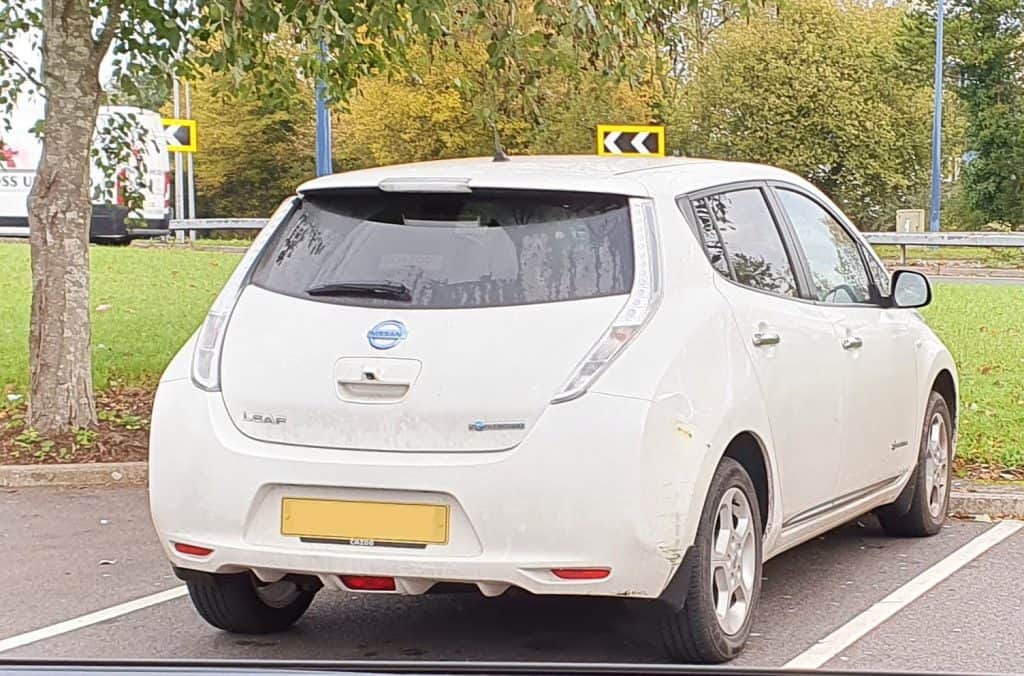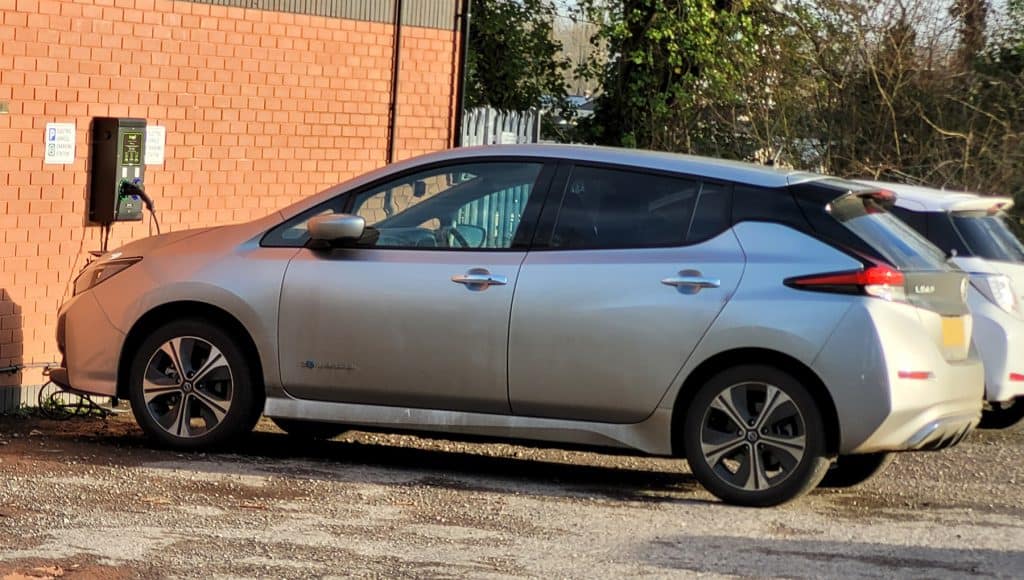Statistics show that more and more people are beginning to adopt electric vehicles and move away from traditional internal combustion engines. This has created a new reality for drivers and passengers everywhere, and that’s making use of public charging stations, as well as private charging stations that may be installed in their driveways or in their garages. Most people agree that it’s quite a different experience from the typical day at the gas pump.
One of the chief concerns that is arising is to do with security, with many fearing that their Nissan Leaf chargers are vulnerable to unplugging, at worst because someone is trying to steal the charging equipment or the car itself, and at best because they want to take the public charge cable and connector to use on their own car.
Is this even possible? What security measures have been put in place to ensure that Leaf owners are protected from this? These questions and more we will be trying to answer in today’s blog.
Why Is Charger/Connector Security So Important to Leaf and Other EV Owners?

Cable Theft
Back in April 2022, Fox News Los Angeles reported the growing problem of thieves going to public charging stations and stealing EV charger cables. Why? Are people so desperate to avoid paying whatever it costs to buy a replacement cable for their home setup? In fact, the answer to this lies within the wire itself, specifically the copper wiring.
Copper theft has long been a problem, in particular plaguing railway lines around the world where people dig up valuable copper wiring to sell for tremendous profit to unscrupulous scrap merchants who go on to sell it for even more when the price of copper is peaking.
Given the inherent dangers of targeting railway infrastructure, these thieves — dubbed by Fox News LA as “Earth Day Grinches” — are instead targeting “easier” prey, namely public charging stations.
Jumping the Charging Line

Not all “theft” of cables is about permanently depriving another person of their copper-filled charging cable. Another form of cable theft comes when other customers arrive at a charge point to find that the cable is in use. Despite this, they feel their own need is greater, and so remove the cable, stop the charging process for the other person, and start their own charge.
The Nissan Leaf actually features a light-based indicator display that reveals to other drivers how charged up the attached Leaf is. If all the lights in the windshield center display are illuminated, it means that the car is either fully charged, or very close. In these situations, there’s perhaps less of a problem with removing the cable to use it for yourself.
However, for most people the most pressing question of all remains: why are they even able to remove the cable from my car in the first place? Doesn’t that speak to the lack of security when it comes to charging cables and electric vehicles? Could someone just unplug my car, get in it and drive away, for instance?
In the next section, we’ll explore in more detail what measures are already being used to keep charging cables more secure.
What Measures Are Currently in Place on the Newest Nissan Leaf Vehicles?

For those driving newer Nissan Leaf models from 2018 onwards, the charger lock function can be accessed through the “EV Settings” menu via the Leaf’s regular digital display. Models from 2017 or earlier can access the charger lock function via a 3-position button placed on the dashboard.
2018 Onwards
Using your wheel-mounted arrow key controls, scroll across the top menu on your digital display to the settings menu (denoted by the cog/wheel). Once there, scroll down to “EV Settings” and then select “Chg. Connector Lock” to open the lock settings. Once here, you will have three options:
- Auto
- Lock
- Unlock
In most cases, “Auto” is the best setting to use. This will lock the charger in place while charging until the process is completed, or until you press the release button on your smart key, or the charge port open switch on your dashboard.
In situations where you absolutely don’t want anyone to be able to remove the cable, you can use “Lock” mode, which permanently locks it in place until you release it. For “Unlock” mode, it will leave it unlocked, allowing others to remove it at any time.
These settings can be useful in different situations depending on your level of charge and your need to guarantee that you recharge back to the maximum level in a certain period of time. Use of Auto and Lock will ensure you get the charge you need before anyone can remove it, but “Unlock” is useful for those situations where you’re only in need of a brief charge and thus you don’t mind if someone were to remove it and use it themselves.
On top of all this, your Nissan Leaf is securely locked while charging, so even if determined thieves removed your charging cable by force, they can’t just gain access to your Leaf, activate it, and drive away.
2017 and Earlier

Earlier models follow the same principles as described above, only instead of using a digital menu setting, there’s a manual 3-position switch located on the dash. It’s right next to where the charge port door open button is. Similar to the above description, one merely needs to push the switch into either Auto, Lock, or Unlock modes to achieve the same effects.
If either in Auto or Lock mode, the effect can be canceled by moving the button into the central “Unlock” mode, or by using the charge port door open button, or using the smart key to unlock it.
As we mentioned above, using “Auto” is probably best for most people in most situations, allowing maximum security while the car is charging, but allowing others to remove the cable and use it as and when your own vehicle is finished charging. It’s the best balance of security and consideration.
Are Older Nissan Leaf Models’ Charge Points Safe and Secure?
In terms of safety and security, there’s certainly no apparent difference between an older and newer Nissan Leaf. However, older models from 2017 or earlier present a more convenient and attractive option for those who don’t like navigating their way through digital menus to access basic functionality. The 3-position button is a lot easier to use than going through the menu settings.
However, digitization of EV function does seem to be the way of the world, and buying pretty much any electric vehicle built after the 2018 model year will likely leave you with a similar need to set everything up through digital menus rather than using physical buttons and knobs on the dash.
Do Nissan Leaf Owners Have Third-Party Options?

How about for those who don’t necessarily have confidence in the functions already put in place by Nissan? Are there additional ways to protect your charging cable from being removed or stolen?
Padlocks
A simple “old-world” solution is to simply attach a padlock around the release catch on the charger connector. This makes it impossible to depress the switch to release the connector even if it is set to Unlock. It also makes the option of brute force to overcome digitally-based locking systems less viable.
Padlocks can also be used to secure cables from theft by locking them to the rectangular ring on the inside of the charge port door. Therefore, if there has been a spate of cable thefts in your area, then this could be a good measure to take to strengthen security.
Lock Boxes
Those who charge their Nissan Leaf at home will have invested a good sum of money into installing their home charging system. For many, installing it outdoors to allow charging on the driveway is the best option, but it does leave the apparatus vulnerable to thieves. To prevent this, secure lock boxes can be constructed around the main charging wallbox and cable to stop thieves getting to it.
Platform Protection
One other interesting solution that works well for the Nissan Leaf with its charging port at the front of the car is that of a cable parking platform setup. You run the charge cable through this platform, and then simply park your car’s one wheel on top of the platform (it looks like a tiny speed bump).
With this in place, the only way a thief would be able to remove the cable would be to bring a jack to lift your entire car corner. This would be unlikely for a theft operation that relies on speed and stealth.